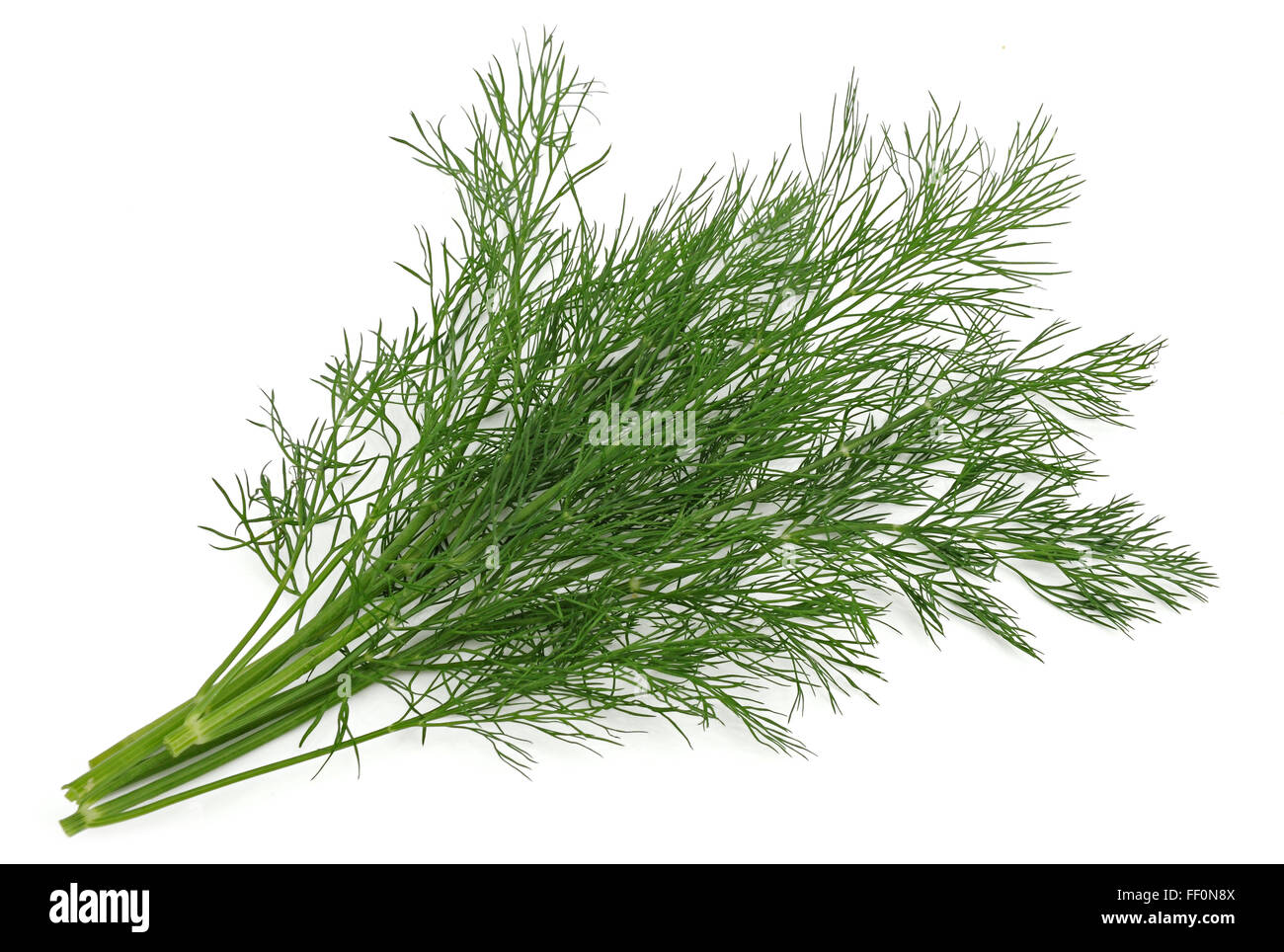One of my favorite plants to grow in any garden is dill. I love the aroma of it in my yard almost as much as I love the flavor of it in my favorite dishes. Lets take a look at how to use dill and get the most out of this flavorful herb.
Dill is a popular summer herb in the celery family used for flavoring dishes and pickling. This annual herb can be used fresh or dried and is frequently a key ingredient in pickle recipes, salad dressings, and potato dishes. It is most commonly available in spring and early summer.
Dill sprigs are the feathery, green leaves and stems of the dill plant, also known as Anethum graveolens. This herb belongs to the same family as parsley and celery, and it is native to the Mediterranean region. Dill sprigs are known for their fresh, grassy flavor with hints of anise and lemon.

What part of the plant do I use?
- Leaves – The thin feathery green leaves of dill are the main part of the plant used for cooking. Dill leaves have a bright herbal flavor, and are the most tender part of the plant. This makes them ideal to be used in dishes without changing the texture.
- Head of Dill – A head of dill is the yellow, flowered portion, of the dill plant. Since it is primarily stems it isnt used in traditional cooking much but is perfect for imparting dill flavor in pickling recipes. One head of dill is often placed in each quart jar of pickled vegetables.
- Stems – Dill stems still contain a powerful dose of flavor, but thicker stems have an unpleasant texture which makes most people avoid using them in cooking. The best way to use the thin, tender stems is to chop them finely with the leaves.
- Seeds – Dill seeds can be used whole or crushed as a seasoning. Grind them in a spice grinder to flavor vegetables, sauces, and more.
What does dill taste like?
Dill packs a bright herbal flavor that combines lemon with a hint of licorice in its vibrantly green feathery leaves. Fresh dill weed has a noticeably brighter flavor than dried dillweed and is best used when available.
5 Things About Dill and Its Unique Uses
FAQ
What is considered a sprig?
How do you use dill sprigs?
